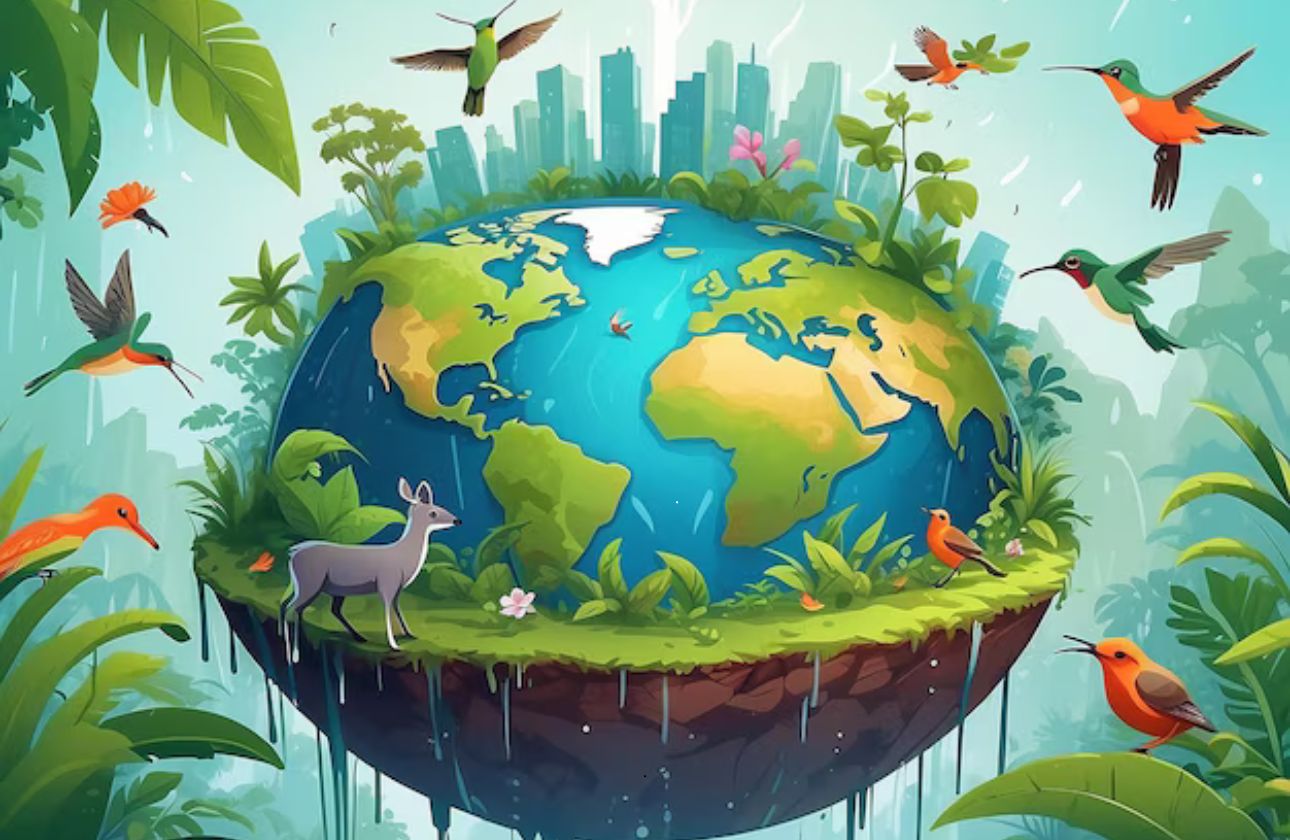The Marvels of Nature: Exploring Biodiversity and Conservation
Nature's incredible diversity is a testament to its ability to thrive, adapt, and coexist. From lush rainforests teeming with life to the vibrant underwater world, biodiversity forms the foundation of our planet’s ecosystems. Let’s dive into the importance of biodiversity and how conservation efforts can help preserve the marvels of nature for generations to come.
What is Biodiversity?
Biodiversity refers to the variety of life forms on Earth, including plants, animals, microorganisms, and the ecosystems they form. It is often described in three levels:
- Genetic Diversity – Variations within species.
- Species Diversity – The number of species in a particular region.
- Ecosystem Diversity – Different habitats, communities, and ecological processes.
This diversity ensures the stability and resilience of ecosystems, providing essential services like pollination, oxygen production, and nutrient cycling.
The Importance of Biodiversity
- Ecosystem Services: Healthy ecosystems provide clean air, water, and fertile soil, which are vital for human survival.
- Climate Regulation: Forests and oceans act as carbon sinks, helping mitigate climate change.
- Medicinal Value: Many life-saving medicines are derived from plants and animals found in biodiverse ecosystems.
- Cultural Significance: Nature inspires art, traditions, and spiritual practices across the globe.
Challenges to Biodiversity
Despite its immense value, biodiversity faces numerous threats:
- Deforestation: Clearing forests for agriculture and urbanization disrupts ecosystems.
- Pollution: Plastics, chemicals, and waste impact marine and terrestrial life.
- Climate Change: Rising temperatures and altered weather patterns affect species survival.
- Overexploitation: Unsustainable hunting, fishing, and resource extraction deplete populations.
How Conservation Helps
Conservation is the active management of natural resources to protect and sustain biodiversity. Here are some impactful efforts:
- Protected Areas: National parks and wildlife sanctuaries safeguard habitats.
- Sustainable Practices: Eco-friendly farming, fishing, and logging reduce harm.
- Community Involvement: Local communities play a vital role in conservation.
- Global Policies: Initiatives like the Paris Agreement aim to combat climate change.




Comments (0)